The raw material problem in the tuna export sector is still unsolved as domestic raw material output is low and businesses still largely depend on foreign supplies for processing.
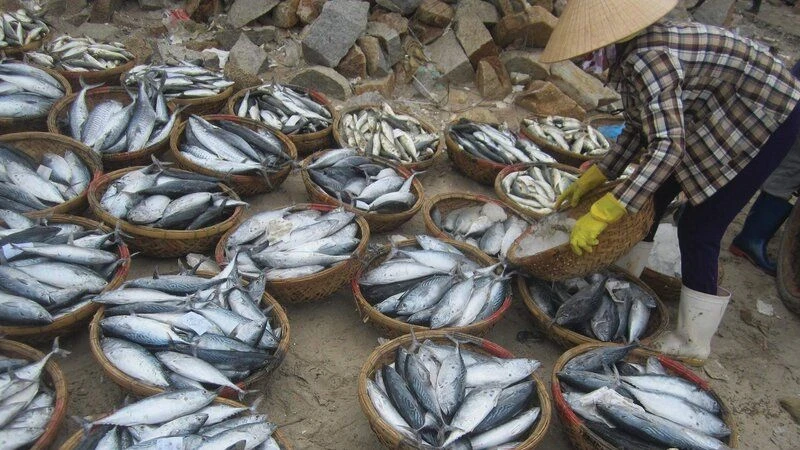
Tuna exports play an important role in total turnover. seafood export Vietnam, each year brings in an average of more than 800 million USD. However, in recent times, the source of tuna raw materials for domestic export processing has been very low, accounting for only 30% to 40% of the demand of enterprises. For the remaining quantity, enterprises have to import raw materials from other countries for processing.
Tuna exports increase sharply
According to statistics from Vietnam Customs, by the end of July 2024, tuna export turnover is estimated to reach more than 550 million USD, an increase of 23% over the same period in 2023. All groups of tuna export products increased during this period; in which, frozen tuna tended to increase in value, reaching the highest level since the beginning of the year with more than 44 million USD, an increase of 29% over the same period last year, and tends to continue to increase from now until the end of the year.
Meanwhile, canned tuna products decreased by 11%, estimated at nearly 20 million USD - Ms. Nguyen Thi Van Ha, tuna market expert, Vietnam Association of Seafood Exporters and Producers (VASEP) informed.
According to VASEP, tuna exports to major markets such as the US, Europe and Israel continued to increase in recent months, by 18%, 56% and 50% respectively.
Notably, in the European market, tuna exports to Italy and the Netherlands are increasing rapidly, at triple digits. At the same time, tuna exports to Russia have also increased sharply, at triple digits in the past two months. With continuous high growth since the beginning of the year, Russia has become one of Vietnam's leading tuna export markets.
Currently, market demand is increasing in preparation for the year-end holidays, and this will be an opportunity for Vietnamese businesses.
VASEP General Secretary Truong Dinh Hoe assessed that Vietnam's tuna industry has many opportunities to develop this year, especially when global consumption demand is on the rise. The US and Europe will still be the two main markets.
Potential markets such as Israel, Russia and South Korea are also opening up many new opportunities. The implementation of free trade agreements such as the Vietnam-EU Free Trade Agreement (EVFTA) will create momentum for Vietnam's tuna exports. These agreements not only help reduce taxes but also create more favorable conditions for businesses to export products to large markets.
Untie the raw material "bottleneck"
One of the biggest challenges facing the Vietnamese tuna industry today is raw materials. Director of Binh Dinh Seafood Joint Stock Company Cao Thi Kim Lan shared that more than 50% of tuna export value is generated from imported raw materials, because domestic exploitation cannot meet the demand for export processing and is unstable.
Decree No. 37/2024/ND-CP issued by the Government last April to guide the implementation of the Fisheries Law, stipulates the minimum size allowed for exploitation of aquatic species living in natural waters, including skipjack tuna, the main raw material for the canned tuna processing and export industry. This regulation aims to protect aquatic resources. However, many fishermen and tuna processing and exporting enterprises expressed concerns about the regulation on skipjack tuna size in exploitation and said that there should be a roadmap for implementation.
According to the decree, from May 19, tuna allowed to be exploited must have a minimum length of 500 mm. If it is below this size, businesses will not be allowed to purchase it for processing and export. The regulation aims to protect tuna resources and avoid exploiting tuna at small sizes.
However, in actual exploitation in our country, the number of skipjack tuna reaching a size of 500 mm or more usually accounts for only about 10 to 20% of the net catch. The annual output of skipjack tuna in our country is about 60 thousand tons. While the allowable output is 200 thousand tons.
Skipjack tuna is the main raw material for processing and exporting canned tuna. In 2023, canned tuna exports will account for 40% of the total tuna export turnover of 800 million USD. Enterprises believe that compliance with new regulations on skipjack tuna size may lead to insufficient supply of raw materials for processing and export.
According to the proposal of the Vietnam Tuna Association, the permitted size for female skipjack tuna should be considered at 380mm and for male skipjack tuna at 387mm. Because according to research, skipjack tuna have reproduced at this size. In addition, skipjack tuna is a migratory fish with large stocks, so countries and fisheries management organizations often apply catch quotas, but do not manage catch size.
VASEP leaders believe that the potential and room for the Vietnamese tuna industry is much greater if the entire industry makes efforts to overcome internal challenges and resolve difficulties with the attention and support of state management agencies. Exporters expect that in 2024, Vietnamese tuna will have the opportunity to return to the one billion USD mark if the shortcomings in raw material issues are resolved.
Source










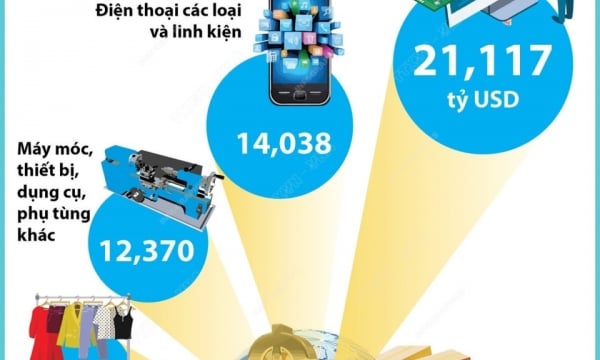

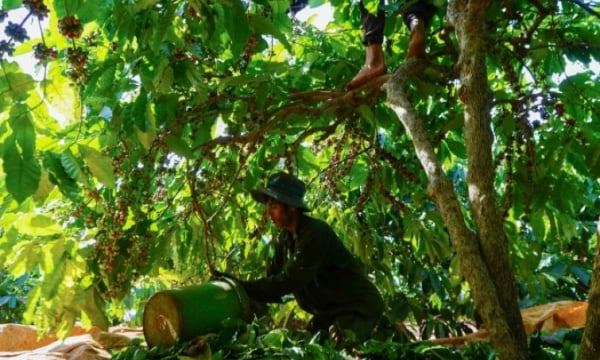

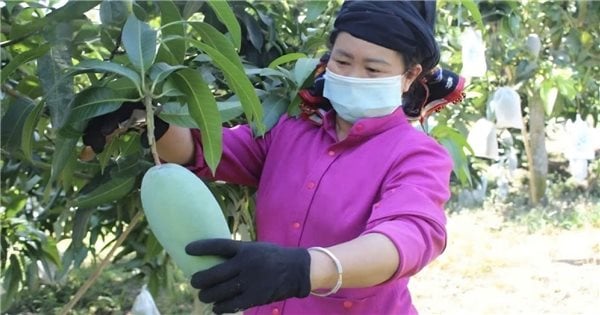



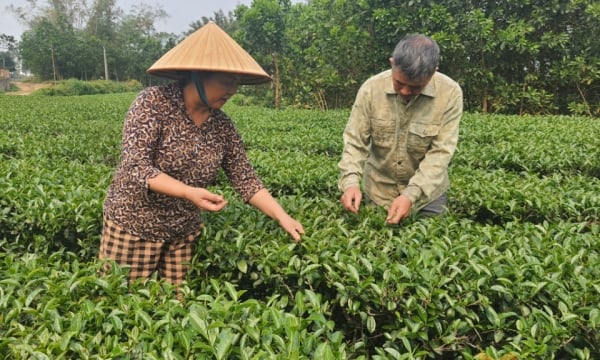


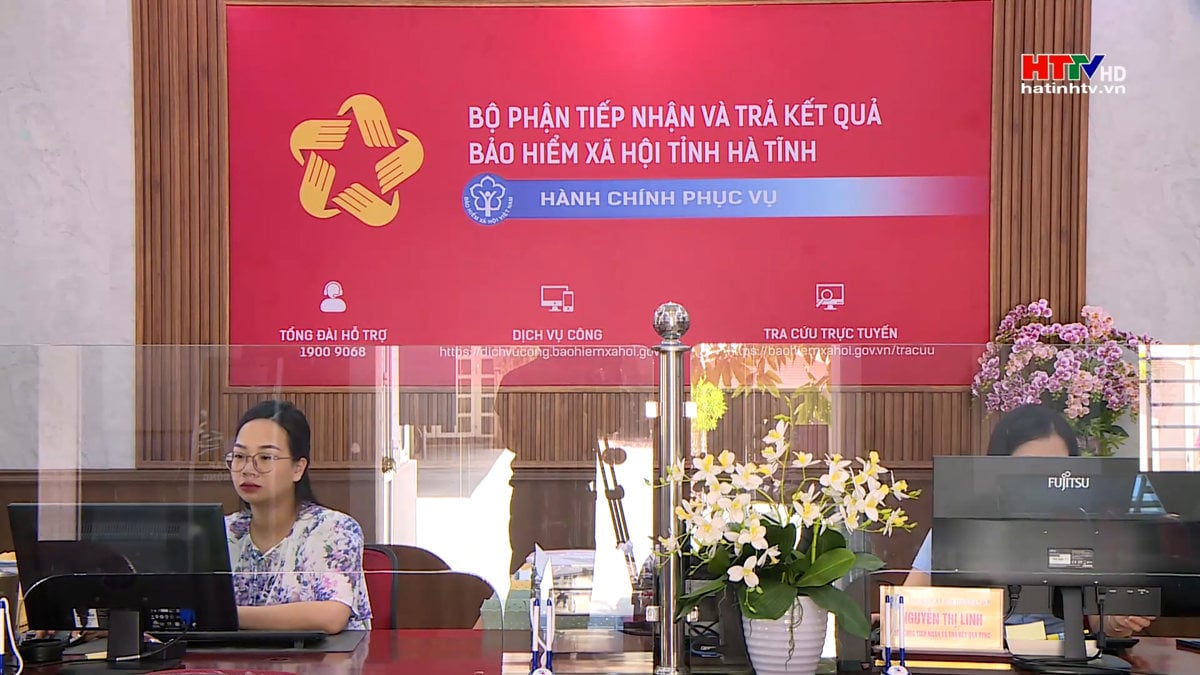









![[Photo] "Beauties" participate in the parade rehearsal at Bien Hoa airport](https://vstatic.vietnam.vn/vietnam/resource/IMAGE/2025/4/11/155502af3384431e918de0e2e585d13a)














































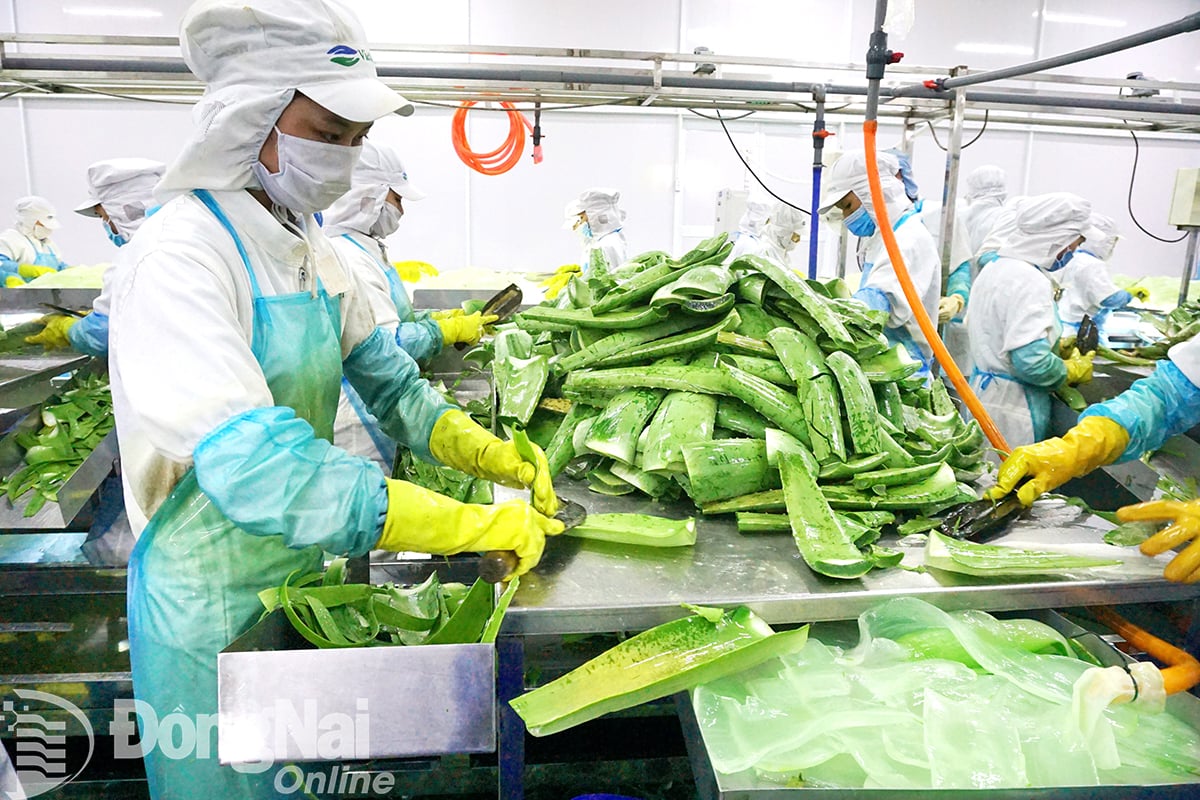













Comment (0)